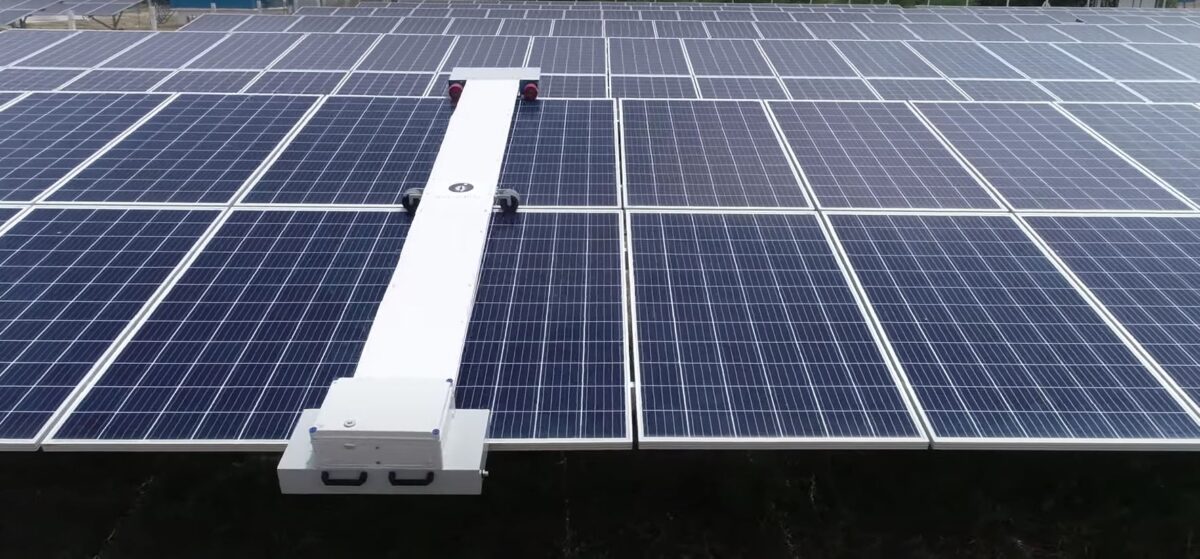As per the updated Nationally Determined Contributions, India is required to reduce emission intensity of its GDP by 45% from the 2005 level and achieve 50% cumulative electric power installed capacity from non-fossil fuel-based energy resources by 2030.
To achieve these targets, India is implementing one of the largest renewable energy expansion programmes in the world. It is estimated that the total investments for India to achieve its climate targets will be around USD 10.1 trillion. Further, it is estimated that there will be a shortfall of USD 3.5 trillion in meeting the total investments, and India would need investment support worth USD 1.4 trillion until 2070.
Debt financing
Debt financing currently accounts for almost 46% of investments in the global energy sector. It especially plays an important role for projects with lower technology risks and predictable long-term revenues, such as solar and wind power projects which have tied up power purchaser agreements.
Though the risks associated with each renewable energy project vary on a case-to-case basis, as each project operates within its own unique environment and presents distinct characteristics, there are some common risks across projects that lenders must account for, such as:
- Off-take risks arise if off-takers of the project breach their obligations, jeopardizing revenue streams and debt servicing. To mitigate this, lenders may insist on take-or-pay clauses, wherein, the off-takers are obligated to pay the agreed contract price, regardless of whether they accept delivery of the product or service.
- Interest rate risks occur when project debt is fixed, but the lender’s funding source is on a floating-rate basis, thereby exposing the lender to interest-rate fluctuations. Lenders can consider linking the project debt interest-rates to benchmarks like LIBOR, allowing for a dynamic interest rate structure that adjusts in accordance with prevailing market conditions.
- Currency risks occur when the loan and revenue currencies differ, exposing the project to foreign-exchange rate volatility. Mitigation of these risks can be ensured by incorporating price-indexation mechanisms under the off-take agreements.
- Regulatory risks stem from delays or failures in securing statutory permits and approvals. To address this, lenders may require all key approvals as conditions precedent for drawdown. Loan disbursements can be structured in tranches, each linked to specific regulatory milestones.
Blended financing
Blended finance can be described as the strategic use of public finance (i.e., concessional capital) for the mobilization of additional private finance towards sustainable development in developing countries.
There are numerous models for blended finance. Some common blended finance structures include philanthropic institutions providing funds on such commercial terms as are usually not available to the specific projects in the prevailing market conditions. In some instances, these philanthropic institutions also provide for grants to high-risk projects.
The key risk associated with blended finance is the multiplicity of models, most of which remain untested under existing legal framework. For instance, offshore philanthropic entities seeking to provide grants to Indian projects through intermediaries are constrained by Section 7 of the Foreign Contribution (Regulation) Act, 2010, which prohibits the recipients of foreign contributions from transferring such funds to another person. This restriction significantly limits the ability to structure blended finance arrangements involving philanthropic funds and multi-layered fund channelling.
Despite these limitations, blended financing is finding traction in India. Last year, Power Finance Corp. (PFC) signed an MOU with the State of Goa to support climate projects, including renewable energy and green hydrogen initiatives, by employing blended finance mechanisms.
Sovereign guarantees
Sovereign guarantees can be described as formal assurance provided by the national government to underwrite the financial obligations of a specific entity. In the Indian context, sovereign guarantees are given against the security of the Consolidated Fund of India. Sovereign Guarantees provide the lenders of high-risk projects the assurance that in the event the primary debtor is unable to service the debt, the central government will assume the responsibility.
In India, government guarantees are normally extended for the purpose of (i) improving viability of projects being undertaken by central government entities; (ii) to enable public sector companies to raise resources on more favourable terms; and (ii) to fulfil the requirement in cases where sovereign guarantee is a precondition for concessional loans to public sector companies.
Restricting availability of sovereign guarantees only to state instrumentalities constitutes a significant limitation on their broader applicability in financing clean energy technologies, where high-risk projects are typically undertaken by the private sector players.
Conclusion
To effectively meet its clean energy and net zero targets, India must address the current limitations in its green-financing models. Additionally, the lenders must take into account sector specific risks. For instance, solar and wind projects face land acquisition and grid integration challenges; green hydrogen projects, being based on newer technologies, carry high technology and offtake risks; and battery storage projects grapple with heavy dependence on critical mineral imports such as lithium and cobalt, which further exposes the projects to global price volatility and geopolitical risks. These risks impact the individual risk profile of the projects, which the lenders must carefully evaluate before making any lending decisions.
About the authors: Megha Arora is a partner at CMS IndusLaw. Abhishek Rohatgi is an associate at CMS IndusLaw.
The views and opinions expressed in this article are the author’s own, and do not necessarily reflect those held by pv magazine.
This content is protected by copyright and may not be reused. If you want to cooperate with us and would like to reuse some of our content, please contact: editors@pv-magazine.com.








By submitting this form you agree to pv magazine using your data for the purposes of publishing your comment.
Your personal data will only be disclosed or otherwise transmitted to third parties for the purposes of spam filtering or if this is necessary for technical maintenance of the website. Any other transfer to third parties will not take place unless this is justified on the basis of applicable data protection regulations or if pv magazine is legally obliged to do so.
You may revoke this consent at any time with effect for the future, in which case your personal data will be deleted immediately. Otherwise, your data will be deleted if pv magazine has processed your request or the purpose of data storage is fulfilled.
Further information on data privacy can be found in our Data Protection Policy.